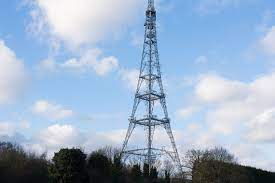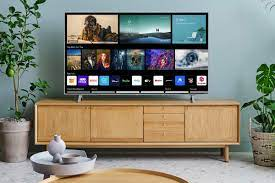The television is a window into the world. No matter if you are a TV addict, or just watch a few shows occasionally, it is a wonderful invention that has changed our lives. How do these devices work?
TV transmitters
If you’ve ever noticed huge antennas on the tops of hills, they help to carry waves across many miles from a TV channel into your home. Cable television is a little different. Images are piped to your home via a fibre-optic cable that runs under the road. Satellite TV works differently again, as the image is bounced from a satellite orbiting in space to your TV.

In the past, analogue signals were sent along an undulating line. Today, most transmissions are in digital format – numerically encoded. This method produces a better image because there is less atmospheric interference. If you are experiencing interference issues, consider TV aerial repair Stroud. You can find TV aerial repair Stroud by visiting Steve Unett Aerials
Receivers for TV
Any TV will respond the same to a signal, regardless of how it arrives at your home. The TV converts an image back to the original from a set of data. Different sets perform this differently.
Televisions with cathode ray tubes
In the past cathode ray tube televisions would separate the signal into audio and video components. Audio and video signals were sent into different circuits that fired electrons through a cathode ray tube. Electromagnets move the electron beam from one side to the other as it travels through the tube. This scans the image, which is then reproduced line by line. The process is so rapid that you can’t even see the picture being created.
Flat-screen TVs
We are now more accustomed to LCD TVs, which contain millions of tiny elements called pixels. Images can be created by turning these pixels on and off. Liquid crystals can turn off each tiny pixel, which is made up of sub-pixels in green, blue and a red colour. LCD screens are smaller and more efficient than early TVs because there is no cathode ray tube.

Plasma TV
Plasma works in a similar way to LCD. However, each pixel is actually a small fluorescent lamp, which glows with plasma. Plasma is a very hot gas. Gas particles collide and emit a bright glow. Plasma screens are much larger than traditional cathode ray tube sets, but they’re also more expensive.



